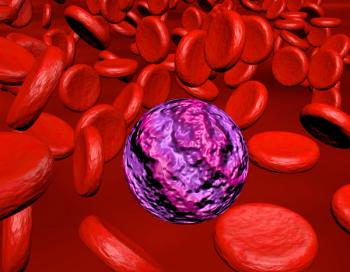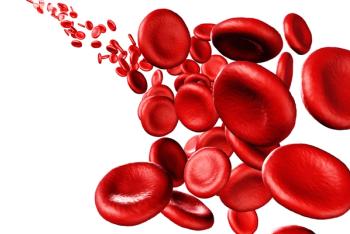
Mogamulizumab May Benefit Patients with Cutaneous T-Cell Lymphoma
Data presented at 2017 ASH showed that mogamulizumab resulted in improved progression free survival (PFS), overall response rates (ORR), and better quality of life in patients with previously treated CTCL compared with vorinostat.
Clinicians may soon have a valuable new therapeutic option for treating patients with cutaneous T-cell lymphoma (CTCL). Results of a randomized phase III study presented at the 2017 annual meeting of the American Society of Hematology (ASH), held December 9-12 in Atlanta, Georgia, have demonstrated that mogamulizumab, a novel chemokine receptor 4 (CCR4)-targeting antibody therapy, may help improve outcomes in patients with CTCL. The study showed significantly superior progression free survival (PFS), overall response rates (ORR), and better quality of life compared with vorinostat in patients with previously treated CTCL.
“It was a very large randomized study and it was particularly good. It showed better quality of life and it is quite promising,” said study investigator Steven Horwitz, MD, a medical oncologist at Memorial Sloan Kettering Cancer Center in New York, New York. “Is it likely that mogamulizumab is going to be an important addition for a particularly hard-to-treat subset of patients.”
Patients with CTCL suffer reduced quality of life often due to intractable itching and recurrent infections, and advanced stages have a poor prognosis. In early studies, mogamulizumab, a monoclonal antibody directed against CCR4, was found to be safe with a 37% ORR. The current trial was an open-label, multinational, randomized, phase III study comparing mogamulizumab to vorinostat in previously treated patients with CTCL.
In this study, patients randomized to vorinostat could crossover to mogamulizumab upon disease progression or intolerable toxicity. The primary endpoint was investigator-assessed PFS in the randomized population using the global composite response, which was based on skin, blood, nodes, and viscera.
The study included 372 patients (median age, 63.5 years), and the median number of prior systemic treatments for both arms was 3. The researchers found that patients treated with mogamulizumab experienced a greater improvement in PFS compared with patients treated with vorinostat (hazard ratio [HR], 0.53; 95% CI: 0.41-0.69; P < .0001). The median PFS of 7.7 months (95% CI: 5.7-10.3) for the mogamulizumab arm compared to 3.1 months (95% CI: 2.9-4.1) for the vorinostat arm.
A secondary assessment by an independent review showed improvement in PFS (HR, 0.64; 95% CI: 0.49-0.84; P = .0007); the median PFS was 6.7 months for mogamulizumab and 3.8 months for vorinostat. The global ORR was significantly improved in the patients receiving mogamulizumab at 28% compared with 4.8% for patients receiving vorinostat (P < .0001). Among patients who crossed over from vorinostat, there was an ORR of 30.1%.
The most common adverse events that were more frequent in the mogamulizumab arm were infusion-related reactions and skin eruptions due to drug. “The side effects are what we have seen in other studies. It is typical of the class. Nothing too concerning,” Dr. Horwitz said in an interview with OncoTherapy Network. “There was not a high infection signal, so that was a good sign.”
Newsletter
Stay up to date on recent advances in the multidisciplinary approach to cancer.


















































































